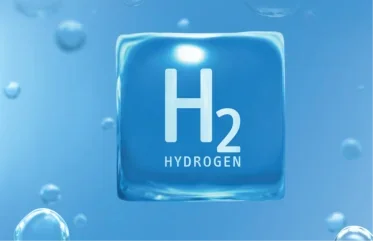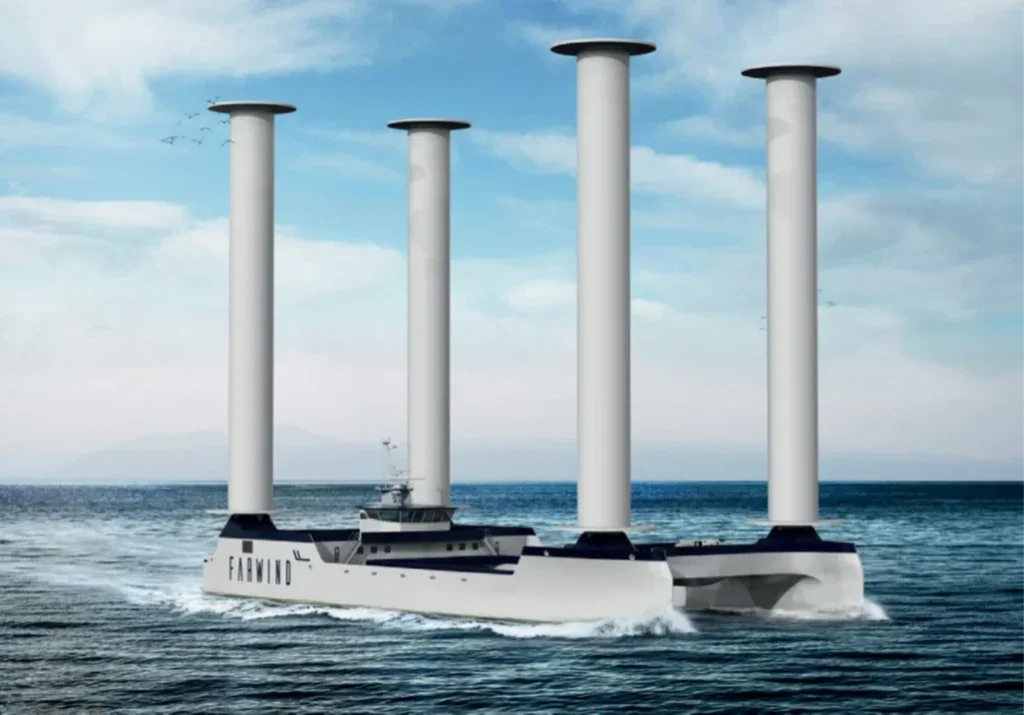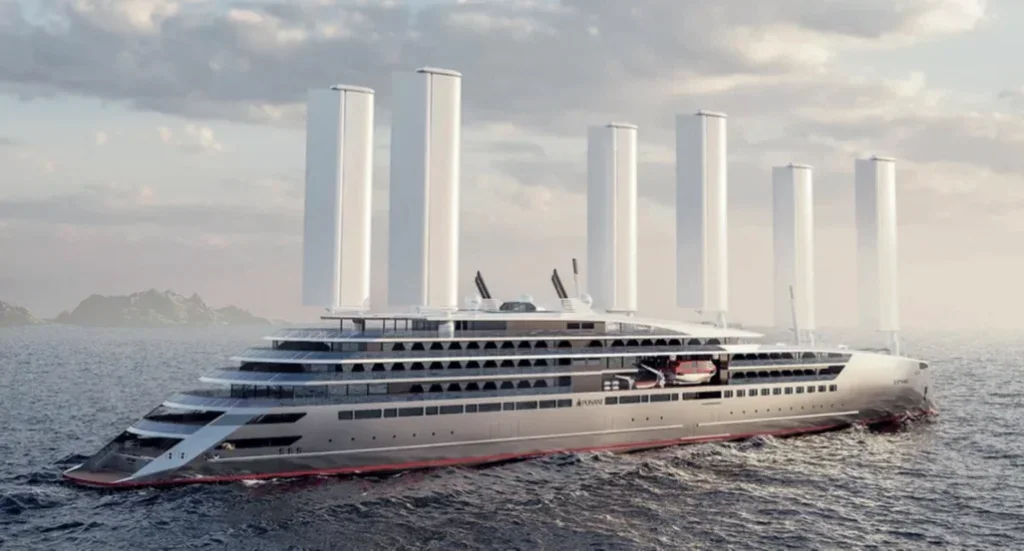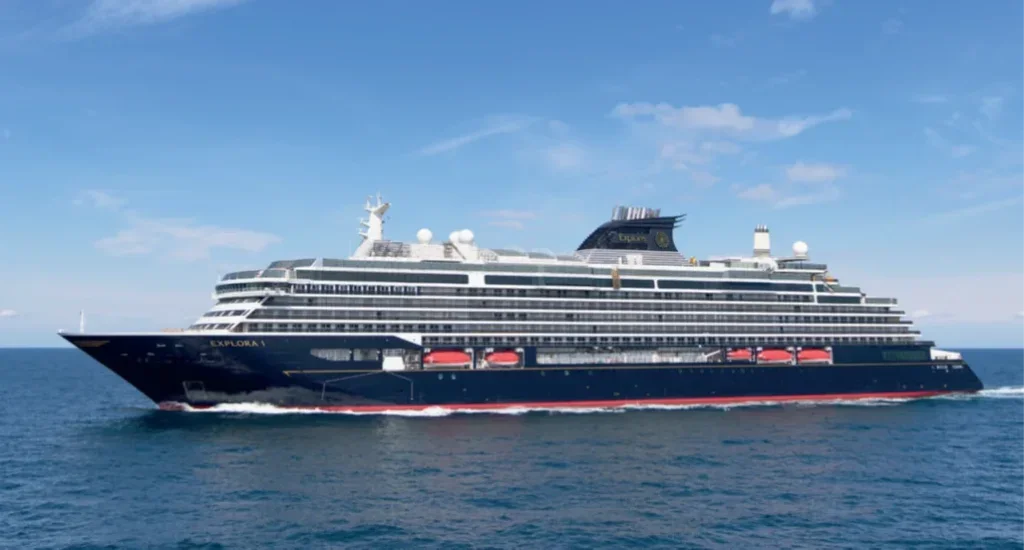
Hydrogen has been touted as a key enabler of the shipping industry’s efforts to achieve netzero emissions in the next two decades. It can be produced from many different resources, though principally water, and it generates no carbon dioxide (CO2). In fact, when it reacts with oxygen, it generates only electricity, water and heat.
Liquid hydrogen is already commonly used as rocket fuel by Nasa and other aeronautical agencies, though their operation of numerous large liquid hydrogen tanks is not without its challenges. Indeed, liquefying hydrogen is a costly process that consumes a lot of energy – potentially up to one third of its energy or heating value. That brings many problems when it comes to transporting or storing it unless it is for a highly specific use where few alternatives exist.
From a well-to-wake perspective, hydrogen has the potential to be a zero-carbon fuel, but only if it is green hydrogen – produced by a process of electrolysis that is powered by renewable electricity to split desalinated water (H2O) into hydrogen (H2) and oxygen (O2). Currently, however, the vast majority of hydrogen produced is grey, meaning that its impact on the environment is significant. Grey means that 10kg of carbon dioxide are produced for every kilo of hydrogen.
Producing answers
“Other techniques will come up to produce alternative fuels, but you need the whole well-towake supply chain,” says Admiral Bill Burke (ret), chief maritime officer for Carnival Corporation. “LNG – whether as fossil gas or a synthetic version – will still burn with emissions but the big change comes with production of such fuels. So, hydrogen production must be green, which means using green energy, and that is hard to do.”

For the mega-projects that create hydrogen, there is a major dilemma to solve. For green energy the preferred choice is often solar, hence the development of large production facilities in arid regions of Australia. The problem there, however, is a lack of access to water. So, construction of extensive pipelines to transport the water to the production facility, and of large desalination plants, are major stumbling blocks as they are costly and time-consuming projects in themselves. Nevertheless, Burke believes this problem can be overcome.
“Water is not the real issue,” he says. “We have a big ocean, and I have been on submarines that can make oxygen and hydrogen from water, so it really comes back to the green energy issue. That is the biggest challenge. If you want to use eMethanol or e-methane or hydrogen itself you need green energy in the production process.”
Pressing ahead with hydrogen
Even if produced by green processes, hydrogen, which is the lightest element in the periodic table, is hard to work with. It requires significant amounts of energy to supercool it to the kind of density where it can be transported. Even then, the small size of hydrogen molecules means any transport infrastructure is prone to leaks.
Indeed, the cheapest way to transport hydrogen is to turn it into liquefied synthetic methane – known as e-methane – using a reaction between hydrogen and carbon dioxide at high temperature. If shipowners can get hold of a reliable supply of green hydrogen – not yet a foregone conclusion – then it could certainly be used to decarbonise the operations for different types of ship, but it still might not be feasible for many of the long journeys on which cruise ships embark.
“Hydrogen’s lack of density is a real problem,” Burke remarks. “It would take much more volume than LNG, so hydrogen may not be the best fuel for open ocean cruising or cargo ships. Maybe it would suit ferries, and some are already using it.”
There is some talk of retrofitting existing ships to incorporate hydrogen as a fuel, but Burke is sceptical about the success of any such efforts.
“Hydrogen is difficult because of the volume needed,” he observes. “To convert from heavy fuel oil you would need ten times the hydrogen, so where would you put it? Hydrogen will have its place in short-haul shipping, but it will not be an open ocean shipping fuel.”
Nevertheless, Ponant is trying to address this problem, as it looks for viable fuel alternatives, though it is fully aware of the challenges.
“There’s a shortage of low-carbon alternative fuels as the eco-energy transition is recent in the maritime sector,” says Wassim Daoud, head of CSR and sustainability at Ponant. However, the entire value chain is making considerable efforts to address this lack of solutions. Shipyards, ports, fuel producers, and shipowners are launching significant projects to accelerate the search for new decarbonisation solutions. Ponant has initiated a collaboration with Farwind to produce green hydrogen on board at sea.
“Hydrogen as a fuel offers significant environmental benefits compared to alternatives like LNG,” he adds. “It enables carbon neutrality and reduces other types of atmospheric emissions. However, it requires a much larger storage volume and remains a very expensive source of energy to date. That’s why we will rely on an energy mix.”
At present, inland navigation vessels and short-sea ships are prime candidates for on-board hydrogen fuel cells – assemblies of individual membrane electrodes that use hydrogen and oxygen to produce electricity – so that might be where one would expect to see investment rather than in the broader scope of the cruise sector. Nevertheless, some cruise lines are putting their money into hydrogen technologies.
“Taking a fuel like hydrogen that lacks density will be tough to cross the ocean with. In fact, you could not cross the ocean in a cruise ship without refuelling.”
Bill Burke, Carnival Corporation
In late 2023, MSC Group confirmed that it had ordered two hydrogen-powered vessels from Fincantieri for its Explora Journeys luxury brand. Royal Caribbean and Viking, among others, are also equipping new ships with hydrogen fuel cells, though they will only be used to provide power for short periods or will serve as auxiliary power systems to reduce fuel consumption.

Clearly, the industry is taking its first steps into the use of hydrogen fuel cells, which have been proposed as a magic bullet for the decarbonisation of the cruise sector, but the industry is tending towards the construction of mega-ships, which greatly increases the demands made of any power source. So, there is a careful balancing act to be performed to ensure that the technology can support the operations of ever-larger vessels, and to find out just how to apply fuel cells to be an effective element in carbon emissions reduction.
Hydrogen fuel cells work by separating electrons from hydrogen atoms, which then pass through a circuit to produce electricity. These electrons are then reintroduced, and the reformed hydrogen atoms combine with oxygen to form water and heat as the only by-products. Essentially, a hydrogen fuel cell generates electricity through an electrochemical reaction instead of combustion. Fuel cell systems are clean, efficient, reliable and quiet, but there are issues with storing the hydrogen.
“Hydrogen as a fuel offers significant environmental benefits compared to alternatives like LNG. It enables carbon neutrality and reduces other types of atmospheric emissions.”
Wassim Daoud, Ponant
“Taking a fuel like hydrogen that lacks density will be tough to cross the ocean with,” stresses Burke. “In fact, you could not cross the ocean in a cruise ship without refuelling.”

The fascination of the fuel cell
At present, the Cruise Lines International Association (CLIA) reports 32 pilot projects and collaboration initiatives under way between cruise lines and sustainable fuel producers and engine companies. Currently, seven new-build cruise ships are in the works that are expected to run on zero-carbon fuels. Of these, five are anticipated to rely on green methanol, while the two from MSC Explora Journeys vessels will use green hydrogen.
MSC and Fincantieri have come up against technical challenges with storing hydrogen on board and creating a reliable supply chain, but they remain committed to operating a hydrogen-fuelled cruise ship by 2030.
Fincantieri is also working with Viking Cruises to design, deliver and operate environmentally friendly cruise vessels, and Viking Neptune is the first of the line’s vessels to be equipped with a small hydrogen fuel system for on-board power. The initial installation is being used to test how hydrogen fuel could be developed at a larger scale in future new builds, and it will initially only provide a nominal power of 100kW.
Since then, Viking’s founder and chairman has stated that a forthcoming ship in its fleet will be equipped with a 6MW fuel cell, which is intended to provide one third of the vessel’s power needs. He has also publicly stated that the company is pursuing a goal of converting to 100% hydrogen fuel cell power and is designing ships so that they can be converted with only a relatively short stay in dry dock.
“Hydrogen shows great promise, but technological maturity has to catch up with ambition,” noted global market leader for sustainable shipping Julien Boulland of Bureau Veritas, in the company’s analysis of hydrogen’s viability for the shipping sector.
“Several onshore industries already have experience with hydrogen fuels, storage and transportation,” he added. “Collaborating with them will help us gain the knowledge to safely implement this solution for shipping.”
Clearly there is a long way to go to establish hydrogen as a prominent fuel for the cruise industry, but interest from cruise lines is growing. Fulfilling the industry’s needs for green hydrogen will be a huge challenge, and production and supply are a long way from being at the necessary scale, but the work to develop the necessary infrastructure has begun.
The International Maritime Organisation (IMO) is currently developing regulations for hydrogen, with a possible release date in 2025. Industry is making efforts to address the technological challenges of storing, transporting and identifying leaks of the colourless, odourless and highly flammable gas. Green hydrogen infrastructure will need to consist of mega-projects to make production cost-effective, so that will take time.
Whatever the challenges, the cruise industry is showing its boldness in pursuing a technology that could change the game in terms of carbon emissions.






